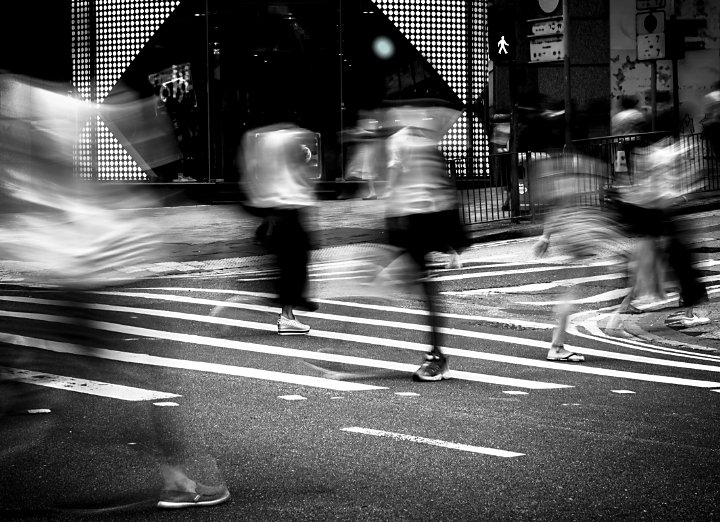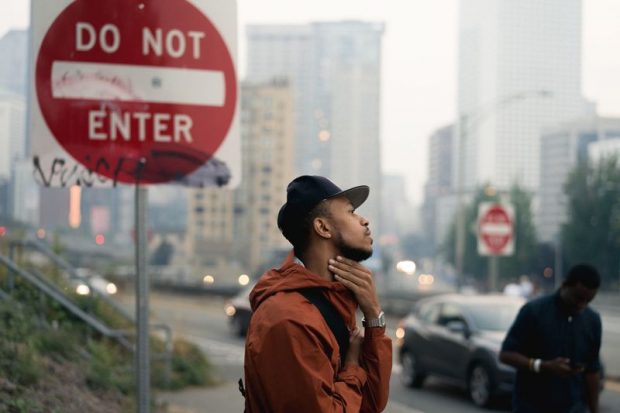The Basic Principles Of Framing Streets
The Basic Principles Of Framing Streets
Blog Article
See This Report about Framing Streets
Table of ContentsFraming Streets Things To Know Before You BuyAll about Framing StreetsFraming Streets Things To Know Before You Get ThisThe Main Principles Of Framing Streets

Both at the Gallery of Modern Art (Mo, MA). Inspired by Frank, in the 1960s Garry Winogrand, Lee Friedlander and Joel Meyerowitz started photographing on the roads of New york city. Phil Coomes, writing for BBC News in 2013, said "For those people interested in road digital photography there are a couple of names that stick out and one of those is Garry Winogrand"; critic Sean O'Hagan, composing in in 2014, claimed "In the 1960s and 70s, he specified street digital photography as a perspective along with a style and it has actually laboured in his shadow ever given that, so clear-cut are his photographs of New York." Returning to the UK in 1965 from the United States where he had actually fulfilled Winogrand and embraced road digital photography, Tony Ray-Jones turned a wry eye on usually unique groupings of British individuals on their holidays or taking part in festivals.
Street digital photography is a substantial style that can be specified in numerous methods, yet it is frequently characterized by the spontaneous recording of an unrepeatable, fleeting moment, typically of the everyday going-ons of strangers. It is classically fired with broader angle lenses (e. g. 35mm) and typically includes metropolitan atmospheres.
The Buzz on Framing Streets
Documentary professional photographers normally have actually a specified, premeditated message and an intention to tape-record certain events in history (https://myanimelist.net/profile/framingstreets1). The gamut of the documentary approach encompasses aspects of journalism, art, education and learning, sociology and history. In social investigation, docudrama images are usually planned to provoke, or to highlight the demand for, social adjustment
Street digital photography is normally viewed as unposed and honest, but there are a few road photographers who connect with complete strangers on the streets and take their portraits. Street pictures are unintended portraits taken of complete strangers while out doing road photography, nonetheless they are viewed as positioned because there is communication with the subject.
Photographing people and locations in public is legal in most countries shielding freedom of expression and journalistic flexibility. There are typically limitations on exactly how pictures of people might be utilized and most nations have details regulations concerning individuals's personal privacy.
6 Easy Facts About Framing Streets Shown
While the common-law districts comply with the UK, relative to the freedom to take images in a public location, Quebec legislation supplies that, in many circumstances, their magazine can happen only with the authorization of the subjects therein. The European Union's Person Rights Act 1998, which all EU nations need to maintain in their domestic regulation, establishes in a right to personal privacy. The right to privacy is shielded by Short article 8 of the convention. In the context of digital photography, it stands at probabilities to the Article 10 Of flexibility of expression. Because of this, courts will typically consider the public interest in stabilizing the rights via the legal examination of proportionality. While also restricting photography in order to safeguard privacy legal rights, street digital photography can still be lawful in France when sought as an art type under certain conditions.

. that simply wandered into a scene), or that are not even well-known in the image. https://www.easel.ly/infographic/04m0k9. It also does not normally reach individuals who are public figures (e. g - Street photography. political leaders or celebrities). If a picture is considered art, the courts will certainly likewise consider the photographer's flexibility of artistic expression; meaning that "artistic" road photography can still be lawfully published in certain cases
See This Report about Framing Streets
Photographing the police and releasing the pictures is additionally legal.
In Hungary, from 15 March 2014 anyone taking pictures is technically damaging the legislation if someone wanders right into shot, under a brand-new civil code that disallows taking photos without the authorization of everyone in the photograph - sony a7iv. This increases the regulation on approval to include the taking of pictures, in addition to their magazine
'Surprise photography' (kakushidori hidden, surreptitious photography) 'swiped digital photography' (nusumitori without intention of obtaining approval) and "rapid photography' (hayayori before authorization and rejection can be offered) are forbidden unless in the former authorization is gotten from the subject right away after taking the photo. Individuals have legal rights to their photos (shzken, droit de photo).
Report this page